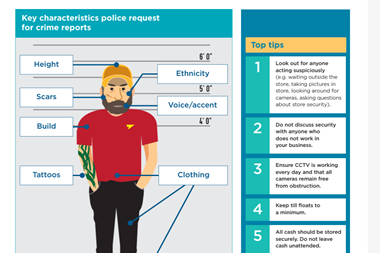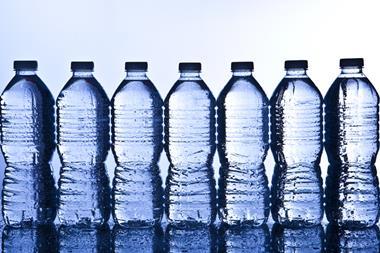Cutting the cost of chilling
This summer’s soaring temperatures have boosted sales of chilled drinks – but if your equipment isn’t right, your profits may well end up being lower than you think
ALREADY HAVE A REGISTERED USER ACCOUNT? PLEASE LOG IN HERE
To read the full story join the ConvenienceStore.co.uk community today!
Registration is quick and easy and provides access to:
- Unlimited ConvenienceStore.co.uk articles
- Our great range of newsletters
- Content you’ve saved for later via the ‘my library’ feature
And much more…





























